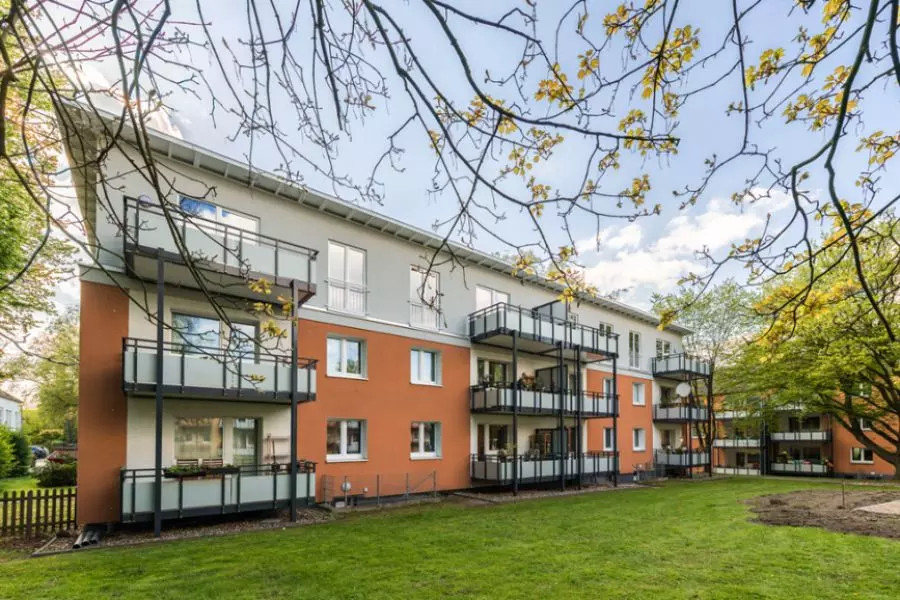
News
[Opinion] A solution for NZ's housing crisis

Tuesday 23rd of February 2021
Last year Wealth Morning interviewed CAP, a nationwide group dealing with debt and poverty –housing cost pressures were found to be the key cause of deprivation.
Many people after paying rent, and even mortgages, are left with barely anything to live on – while New Zealand’s homelessness is the worst in the OECD.
Want to read the full article?
Click the button below to subscribe and will have unlimited access to full article and all other articles on the site.
5 min read



![[OPINION] Recessionary times](https://goodreturns.publit.io/file/c_fill,w_900,h_600/87ae0bf5-bdab-4cc2-bb45-9524f4030652.webp)
![[OPINION] How to make 20% from commercial property](https://goodreturns.publit.io/file/c_fill,w_900,h_600/7ac659fb-b908-4521-bcfa-1068d359b61e.webp)
![[The Wrap] Bye Bye Bayly](https://goodreturns.publit.io/file/c_fill,w_900,h_600/39f23ac1-f7c7-4854-b700-a150004ebbac.webp)


